Varroa Mite Treatment Options
While chemical treatments differ, there are two broad methods of treatment: rapid and extended release. Extended release treatments are usually pads or hangers that are placed in the hive, either on top of the frames or hanging between them. They provided an extended release of the miticide via vapor or work on contact when a bee with a mite walks by or over them.
Rapid treatments have the advantage of killing mites immediately, but may be ineffective against mite eggs.
For effective mite reduction, follow the instructions and schedule for all treatments.
Treatment Nuances
Vary your Treatments
While individual beekeepers may prefer certain treatments for any number of reasons, best practices are to vary your treatments to ensure the mites do not build up resistance.
Timing
Based on Randy Oliver’s research, timing of treatments is also important. In the video we included on the IPM page, he recommends frequent treatments in the spring to get the absolute lowest mite load going into the colony’s growth spurt. Treatment in the fall is also important to minimize infestations during the critical over-winter period.
Timing of treatments will vary based on your test results, climate and how many months of the year your hives are producing brood. The timing and quantity of treatments required by a beekeeper in Florida will differ from that of a beekeeper in Maine, but they will both need to test and treat their hives to help maintain a healthy colony of bees.
Which Hives to Treat
Because of drift and robbing, which brings bees from one hive into another, many recommend treating all the hives in your bee yard at the same time. If you have five hives and they test at 1 percent, 2 percent, 6 percent, 4 percent and 2.5 percent, they would treat all five. Treatment labels also recommend treating all hives in the same area to avoid re-infestation.
Some beekeepers who get testing results in that order would not bother to test the fourth and fifth hive. After getting 6 percent reading, they would treat all of them. That is a reasonable conclusion, but testing the last two hives will give additional information that may prove useful. For example, what if the fifth hive tested at was 8.5 percent? That might change your perspective on the extent of your infestation. Also, if you re-test after the treatment to judge its effectiveness and give you a new baseline, you would want readings on all five hives.
Cultural Practices to Reduce Varroa
Remember, drone comb removal, brood breaks, culling old comb, screened bottom boards, thermal treatment, requeening with resistant stock, and similar cultural practices that do not require chemicals can help control varroa populations. Using these cultural practices may minimize or even eliminate the need to treat your hive.
Commercially Available Treatments
Listed below are some of the commercially available treatments in the U.S. for varroa destructor mites in honey bee colonies.
We have made every effort to provide up-to-date and accurate information at the time this page was created. Because regulatory agency rulings may change, products evolve, new products or versions may become available, and labeling changes, we recommend you seek the latest data from the manufacturer or retailer before making your purchase.
Always read and understand the instructions prior to use and adhere to all safety requirements. Most of these products require the use of rubber gloves, and some require the use of a respirator or other protective gear.
Product
Natural or Synthetic
Effectiveness
Restrictions
Apiguard
A slow-release thymol gel placed on top of the frames
Requires two applications, 14 days apart. 4 to 6 week treatment.
Thymol is a natural substance derived from thyme. An organic treatment.
Averages 93% effective
Works best in temperatures from 60 to 105 degrees F.
Do not use during honey flow
ApiLife Var
A pad saturated with 74 percent thymol plus eucalyptus oil, L-menthol and camphor sits on top of the brood frames.
Three applications at 7 to 10 day intervals.
A natural product
90% effective
Optimal temperature range for best results is 65-85 degrees. Not for use with honey supers on hive. Remove one month prior to harvesting honey.
Apivar
An amitraz-based treatment strip that hangs in the brood box
Six to eight week treatment period
Synthetic acaricide
97 to 99% effective
Do not use when honey supers are present
Formic Pro
Formic acid treatment in strips that are placed on the top bars
Two treatment options: 14 day or 20 day
Naturally derived product
83 to 97% effective
May be used during honey flow and with supers in place
Hopguard 3
Hopguard is available in strips that hang between brood frames
14 to 30-day treatment
Hop beta acids naturally derived from hops
70 to 85% effective. Most effective when there is less brood in the hive
Daytime temperature must be above 50 degrees. Safe to use during honey flow.
Mite Away Quick Strips
Formic Acid gel strips that are laid across the top of frames on the brood box.
7-day and 21-day treatment options.
Naturally derived product
90 to 99 percent effective.
Can be used during honey flow/ Daytime temperatures must be between 50 and 84 degrees.
Oxalic Acid
Oxalic acid can be sprayed or dribbled but is usually applied with a vaporizer into a sealed hive
When sublimated, this is a flash application that takes seconds
A natural organic acid that is found in much lower concentrations as as a component of honey
90 to 99% effective but does not kill mites in capped brood
Best used when there is little or or no brood. Good for use after a split or with a new package of bees. Not for use with honey supers in place. Requires a respirator and protective clothing.

